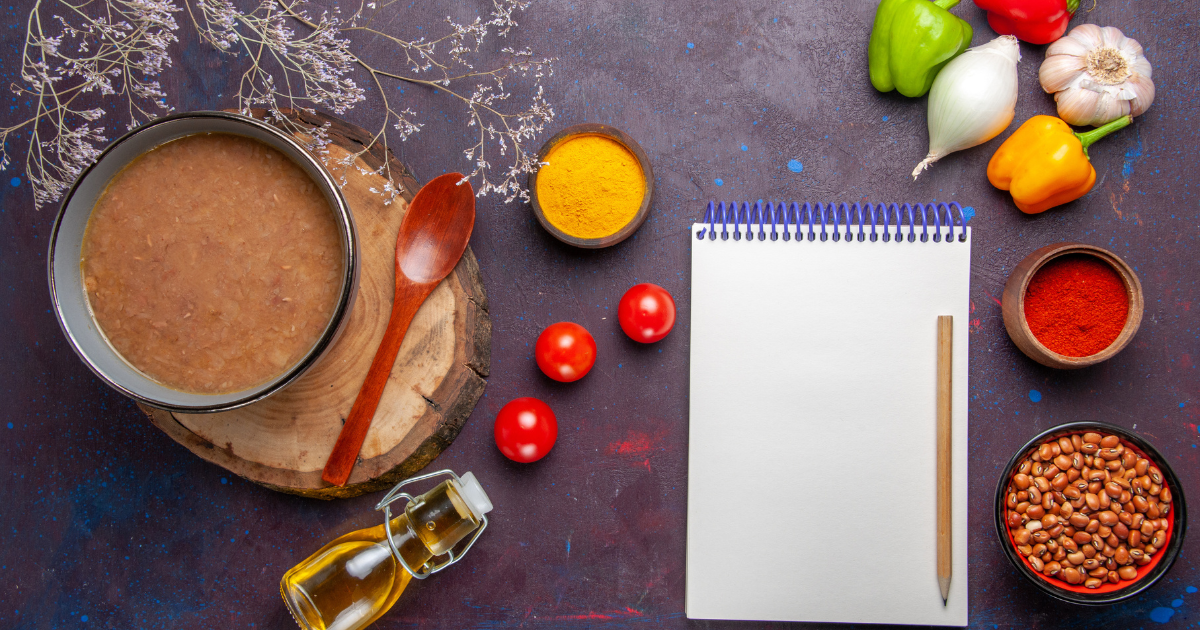In Indian households, the kitchen is the heart of the home. But what if your kitchen could also protect your heart? With rising rates of heart disease in India, adopting heart-friendly cooking habits is not just a trend, it’s a necessity. This guide is packed with practical advice on preparing heart foods that are delicious, rooted in Indian cuisine, and great for your cardiovascular health.
Let’s explore easy changes you can make in your kitchen that support a healthy heart without sacrificing flavor.
What Are Heart Foods?
Heart foods are ingredients and meals that help support cardiovascular health by lowering cholesterol, controlling blood pressure, reducing inflammation, and maintaining healthy body weight.
Core Characteristics:
- Low in saturated and trans fats
- Rich in fiber, especially soluble fiber
- High in antioxidants and phytonutrients
- Balanced in sodium and potassium levels
- Include healthy fats like omega-3s
Learn more about how food influences heart health in Best Foods for a Healthy Heart: Doctor-Recommended Diet Plan.
Indian Superfoods That Love Your Heart
Many traditional Indian foods naturally promote heart health when used right.
Must-Have Ingredients:
- Turmeric: Anti-inflammatory and antioxidant-rich
- Garlic: May lower cholesterol and blood pressure
- Fenugreek (Methi): Helps manage diabetes and cholesterol
- Flaxseeds: High in omega-3 fatty acids and fiber
- Green leafy vegetables: Low-calorie and high in micronutrients
- Whole grains (Jowar, Bajra, Ragi): Rich in fiber and help reduce cholesterol
These foods can be included in everyday meals with just a little planning.
Cooking Oils: What to Choose and Avoid
Oil is a key part of Indian cooking, but the right choice can make all the difference for your heart.
Heart-Friendly Oils:
- Mustard oil: Rich in monounsaturated fats and omega-3
- Groundnut oil: A good source of healthy fats (in moderation)
- Olive oil: Ideal for salads and low-heat cooking
- Rice bran oil: High in antioxidants and balances cholesterol
Oils to Limit:
- Vanaspati (contains trans fats)
- Palm oil and coconut oil (high in saturated fats)
- Reused cooking oil (forms toxic compounds)
Use oil sparingly, ideally 3-5 teaspoons per person per day.
Heart-Smart Indian Cooking Techniques
It’s not just what you cook, but how you cook it.
Better Methods:
- Steaming: Ideal for vegetables and idlis
- Grilling/Roasting: Perfect for paneer, chicken, and vegetables
- Pressure cooking: Retains nutrients and uses less oil
- Sautéing: Use non-stick cookware and less oil
Avoid:
- Deep frying (replace with air frying or baking)
- Heavy cream or butter in curries
- Overcooking vegetables (destroys nutrients)
To explore more practical strategies for daily heart care, check out How to Prevent Heart Disease: Lifestyle Tips That Work.
Spices That Support Heart Health
Spices add flavor without the need for excess salt or fat.
Include These:
- Cinnamon: Helps regulate blood sugar and cholesterol
- Black pepper: Enhances nutrient absorption
- Coriander: Supports blood pressure regulation
- Cardamom: May reduce hypertension
Avoid adding too much salt or chilli powder, especially for individuals with hypertension.
Everyday Swaps for a Healthier Plate
Indian kitchens are full of opportunities for substitution that makes everyday meals better for the heart.
Smart Replacements:
- White rice → Brown rice/quinoa
- Refined flour → Whole wheat flour or millets
- Ghee in excess → Small quantities or olive oil in low-heat recipes
- Cream-based gravies → Tomato or curd-based gravies
Cooking Tip:
Use a pressure cooker to prepare lentils and beans with less oil, keeping their nutritional value intact.
Meal Planning for a Heart-Healthy Week
It’s easier to stick to healthy habits when you plan in advance.
Sample Day Plan:
- Breakfast: Vegetable poha with flaxseeds + green tea
- Lunch: Brown rice, dal with turmeric and garlic, sautéed spinach
- Snack: Roasted chana or a handful of walnuts
- Dinner: Grilled tofu tikka with mixed veg soup and whole grain roti
Stay hydrated and maintain portion control to support weight and heart health.
For related guidance, see Hydration and Heart Health: More Important Than You Think.
FAQs on Heart Foods in Indian Diet
Is ghee bad for your heart?
Small quantities of pure cow ghee may be used occasionally, but avoid excess.
Can I eat parathas on a heart-healthy diet?
Yes, use whole wheat, minimal oil, and fillings like methi or palak.
Are pickles okay?
Limit due to high salt content. Opt for fresh salads or chutneys instead.
What is the best dal for heart health?
Moong dal and masoor dal are light, protein-rich, and heart-friendly.
Final Thoughts: Bring Heart Health Into Your Kitchen
You don’t need fancy ingredients or foreign diets to eat well for your heart. Indian kitchens already have the spices, grains, and legumes needed to prepare heart foods that are both nourishing and flavorful. Small changes in cooking oils, methods, and ingredients go a long way in supporting long-term cardiovascular health.
Start by making one or two changes a week your heart will thank you for it.
Authoritative External References:



